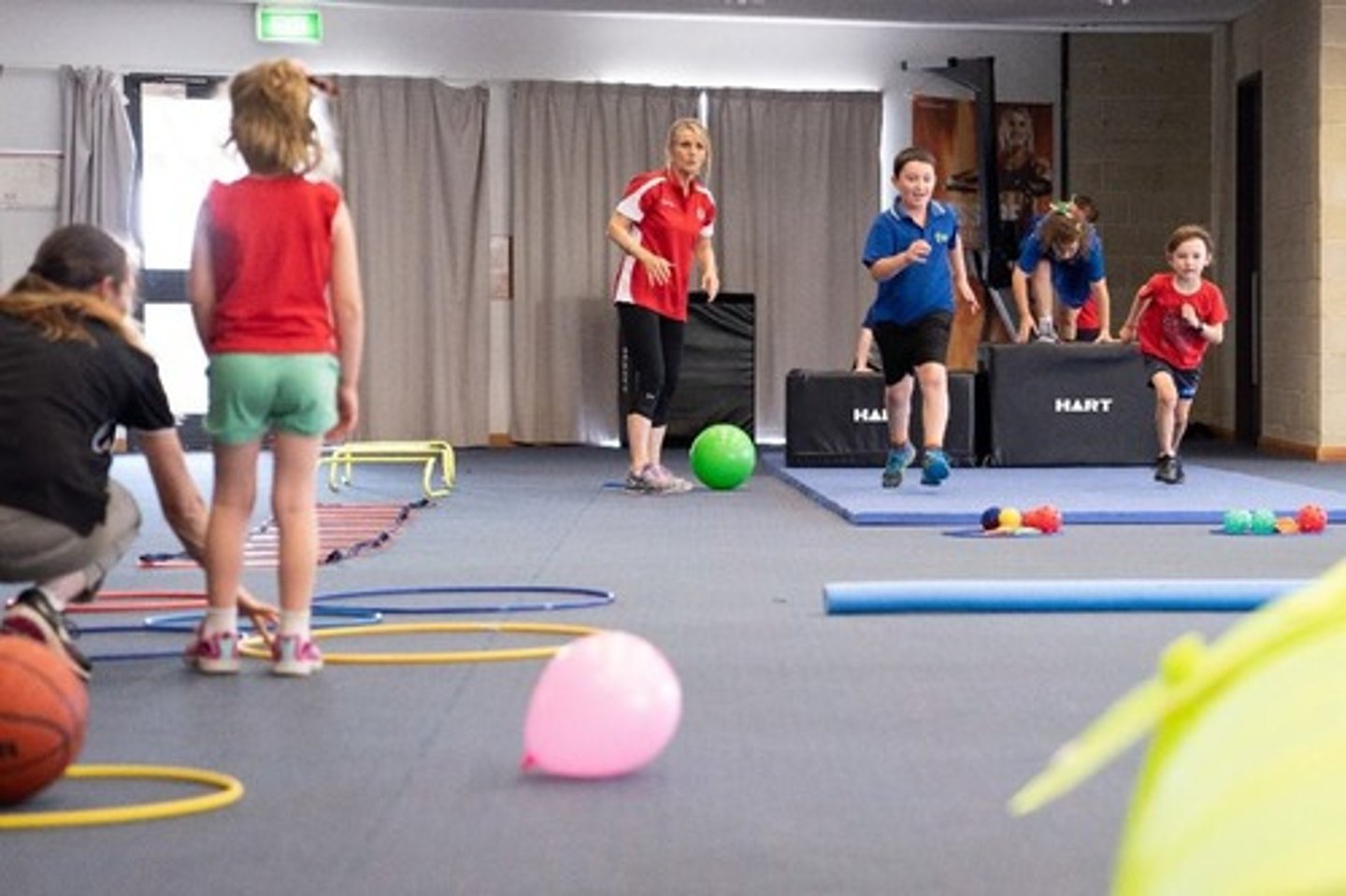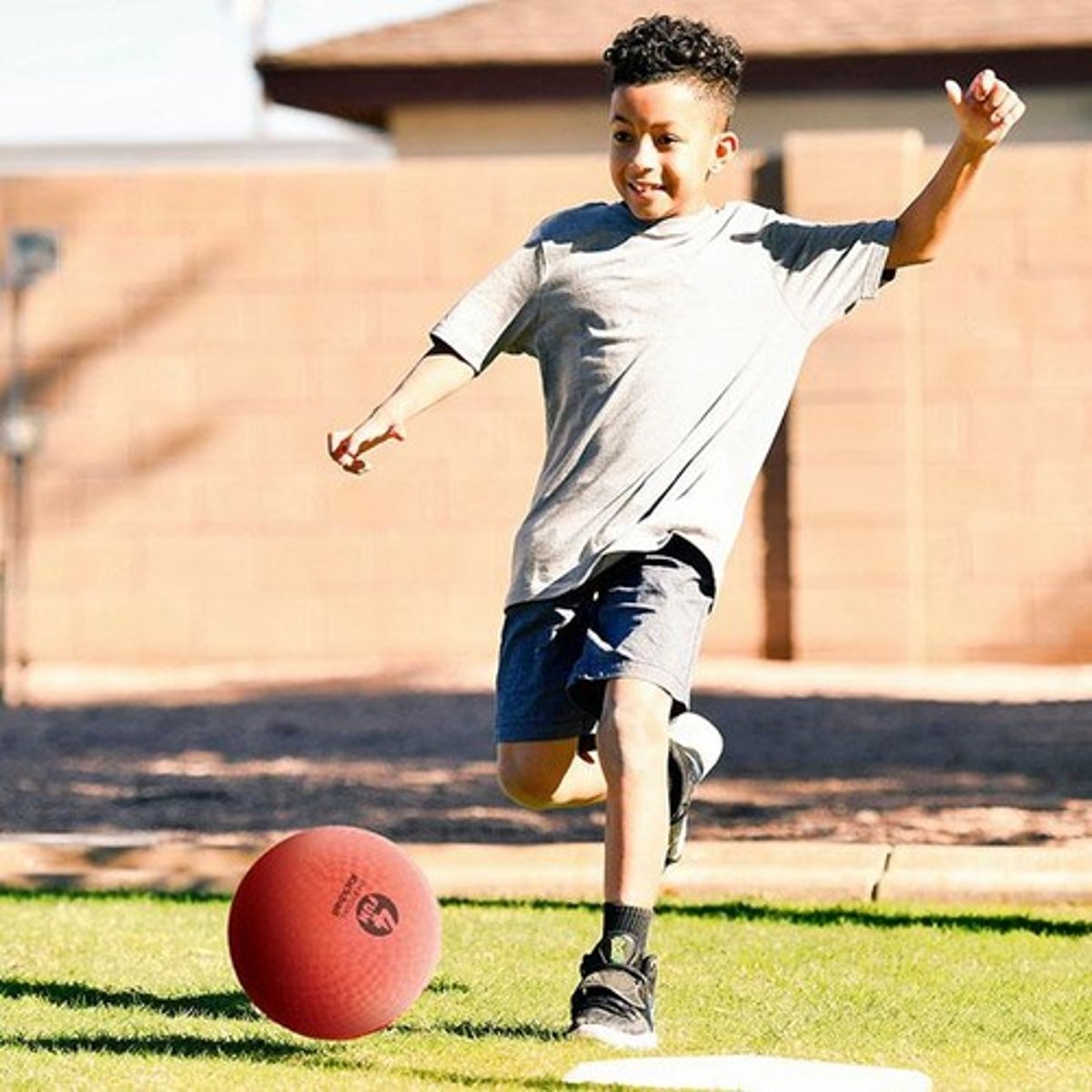Movement Skills in Physical Education: Categories and Key Examples
1/13
There's no tags or description
Looks like no tags are added yet.
Name | Mastery | Learn | Test | Matching | Spaced |
|---|
No study sessions yet.
14 Terms
Movement Skills
Fundamental physical abilities that serve as the foundation for all forms of physical activity, from daily tasks to complex sports.
Build Coordination
Movement skills help children and adults control their bodies more effectively, improving balance, timing, and rhythm.
Foundation for Sports and Daily Activities
Basic movement skills are the 'building blocks' for more complex movements in sports and useful in daily life activities.
Promote Physical Fitness
Practicing different movement skills keeps the body active, strengthens muscles and bones, improves heart and lung function, and helps maintain a healthy weight.
Categories of Movement Skills
Includes manipulative skills, non-locomotor skills, and locomotor skills.
Non-Locomotor Skills
Foundational skills involving movements performed without traveling, focusing on maintaining balance and body control.
Key Examples of Non-Locomotor Skills
Balancing on one foot, twisting and turning, bending and stretching.
Locomotor Skills
Skills that enable individuals to navigate and move from one location to another, covering ground effectively.
Key Examples of Locomotor Skills
Walking and running, jumping and hopping, skipping and galloping, crawling and climbing.

Manipulative Skills
Skills involving using body parts to control, handle, or interact with objects, developing precision and coordination.
Throwing
Propelling an object through the air with accuracy and force.
Catching
Intercepting and securing a moving object with precision.
Kicking
Using the foot to propel an object, often a ball, with control.

Dribbling
Controlling an object while moving, such as a basketball or soccer ball.